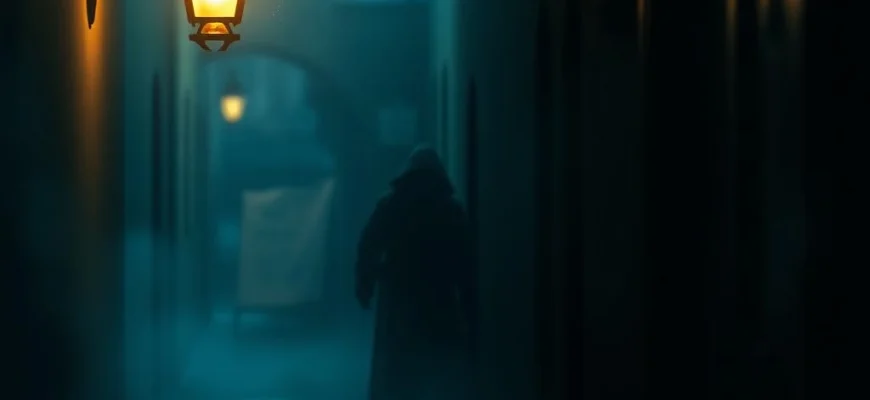If you're a fan of the psychological horror and duality explored in 'Dr. Jekyll and Mr. Hyde' (1980), you'll love these 10 similar movies and shows. This article delves into gripping tales of split personalities, dark transformations, and moral dilemmas that will keep you on the edge of your seat. Whether you're drawn to classic horror or modern thrillers, there's something here for every fan of the genre.

The Cabinet of Dr. Caligari (1920)
Description: This silent film is a cornerstone of German Expressionism, exploring themes of madness and control. The distorted visuals and psychological horror echo the struggle between sanity and insanity.
Fact: The film's twist ending is considered one of the first in cinema history. Its sets were designed to reflect the unstable mental state of the protagonist.
 Watch Now
Watch Now 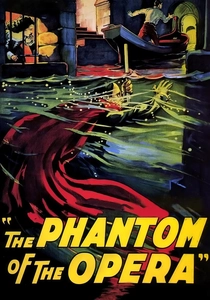
The Phantom of the Opera (1925)
Description: The story of a disfigured genius living beneath an opera house explores themes of beauty, obsession, and hidden monstrosity. The gothic atmosphere and tragic protagonist align with the duality of human nature.
Fact: Lon Chaney's portrayal of the Phantom is iconic, with his self-designed makeup remaining a benchmark for the character. The film's unmasking scene is one of the most famous in silent cinema.
 Watch Now
Watch Now 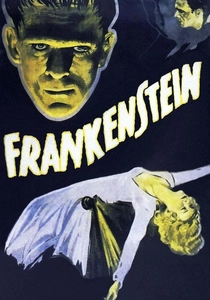
Frankenstein (1931)
Description: The tale of a scientist creating life, only to be horrified by his creation, delves into themes of ambition, responsibility, and the monstrous within. The gothic horror and moral dilemmas are central.
Fact: Boris Karloff's performance as the Monster became legendary. The film's makeup design for the Monster is still influential today.
 Watch Now
Watch Now 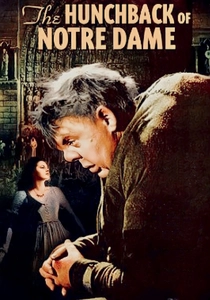
The Hunchback of Notre Dame (1939)
Description: The story of Quasimodo, a deformed bell-ringer, explores themes of isolation, societal rejection, and inner beauty. The gothic setting and tragic tone mirror the struggle between appearance and true self.
Fact: Charles Laughton's performance as Quasimodo is considered one of the greatest in horror cinema. The film's sets were among the most elaborate of their time.
 Watch Now
Watch Now 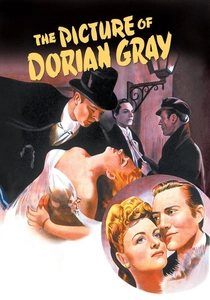
The Picture of Dorian Gray (1945)
Description: The story revolves around a man whose portrait ages while he remains youthful, reflecting his moral decay. The themes of hidden darkness and the duality of appearance versus reality are central.
Fact: The film won an Academy Award for Best Cinematography. It is one of the most faithful adaptations of Oscar Wilde's novel.
 Watch Now
Watch Now 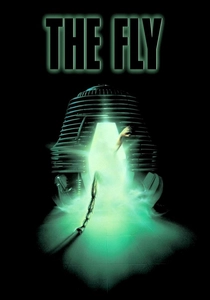
The Fly (1986)
Description: A scientist's gradual transformation into a fly-like creature explores themes of identity, loss of humanity, and the horrors of unchecked ambition. The body horror and psychological descent are central.
Fact: The film's special effects, particularly the transformation scenes, won an Academy Award. It is a remake of the 1958 film of the same name.
 Watch Now
Watch Now 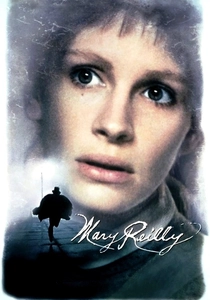
Mary Reilly (1996)
Description: The film delves into the classic tale from the perspective of a housemaid, adding layers of psychological depth and class struggle. It maintains the themes of duality and hidden darkness within a person.
Fact: Julia Roberts took on the role of Mary Reilly, marking a departure from her usual romantic comedy roles. The film's dark, gothic atmosphere was heavily praised by critics.
 Watch Now
Watch Now 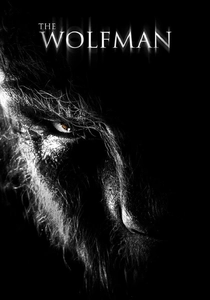
The Wolfman (2010)
Description: A man's transformation into a beast mirrors the internal conflict between humanity and monstrosity. The gothic horror elements and tragic undertones are reminiscent of the struggle between two selves.
Fact: The film uses practical effects alongside CGI to create the werewolf transformations. It is a remake of the 1941 classic horror film of the same name.
 Watch Now
Watch Now 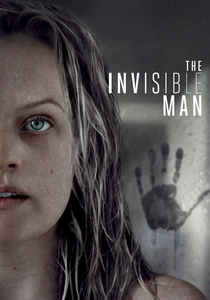
The Invisible Man (2020)
Description: This modern take on the classic story explores themes of identity, control, and the unseen horrors within. The psychological tension and the protagonist's struggle with an unseen force parallel the internal battle of duality.
Fact: The film was a critical and commercial success, praised for its innovative take on the source material. It was produced by Blumhouse Productions, known for their low-budget, high-concept horror films.
 Watch Now
Watch Now 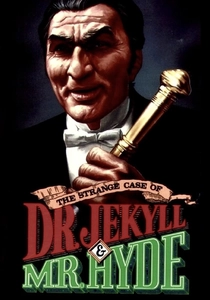
The Strange Case of Dr. Jekyll and Mr. Hyde (1968)
Description: This adaptation explores the duality of human nature, focusing on a man's struggle between his civilized self and his monstrous alter ego, much like the original story. The psychological horror and moral dilemmas are central themes.
Fact: This version was a made-for-TV movie and is one of the many adaptations of Robert Louis Stevenson's novella. It stars Jack Palance in the dual role, bringing a physical intensity to both characters.
 Watch Now
Watch Now 
